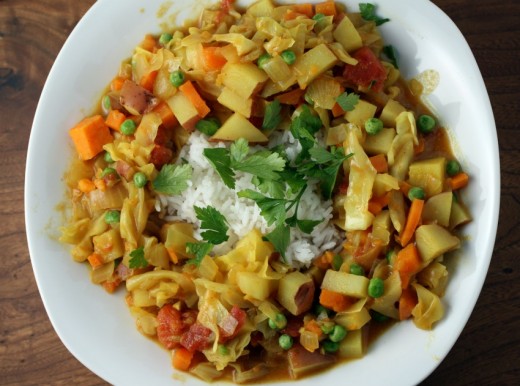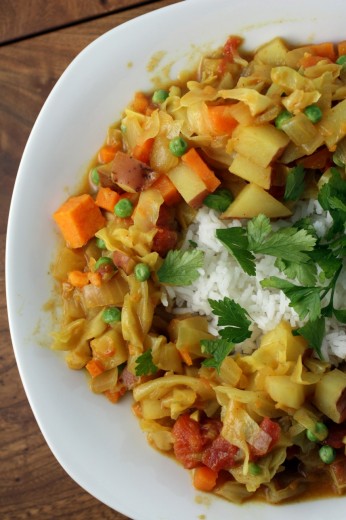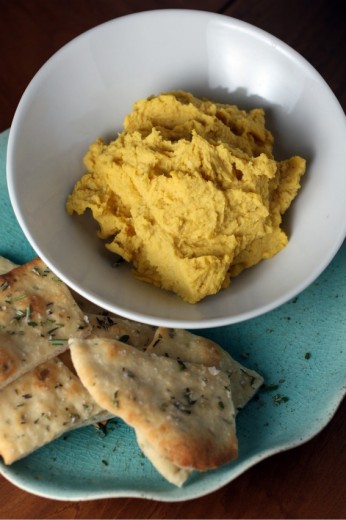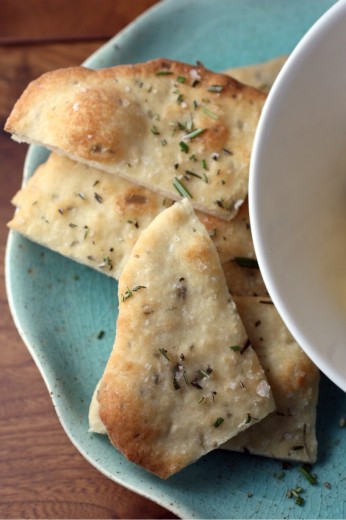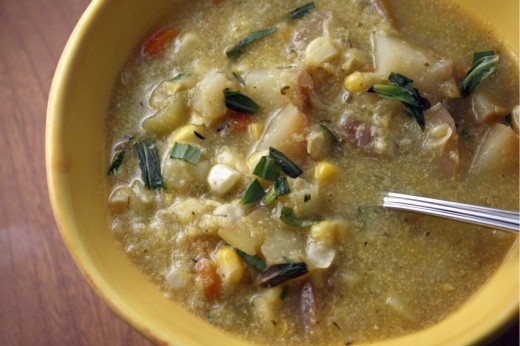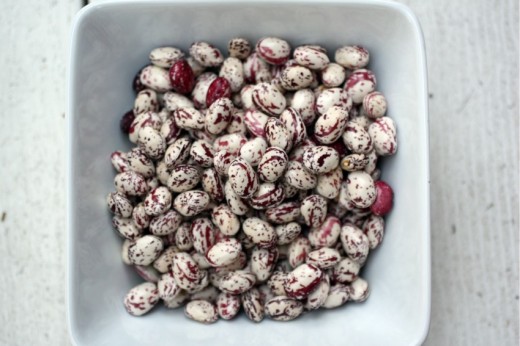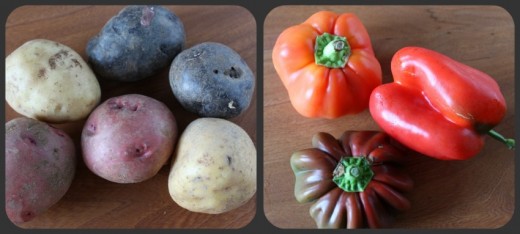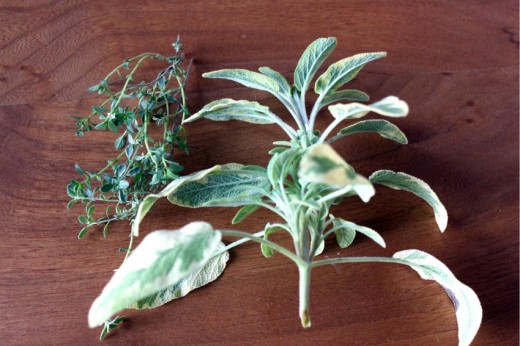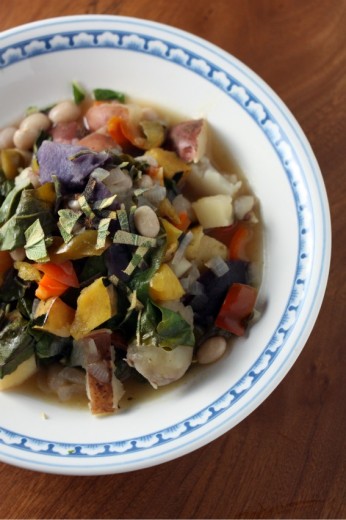My parents are living the retirement that we all dream of. They deserve it. My dad had a busy oncology practice for over 30 years that had him leaving the house at 7am every morning and coming home at 7pm every night. There was evening call and weekend call and when you are an oncologist, you get a lot of calls in the middle of the night. He worked with extremely ill people and their families and had many people he grew to truly care for pass away. He also had other patients who should have passed away but did not because he is a terrific doctor and an all around smart man. He is also, as I have said here, kind and compassionate – a doctor that the nurses loved.
My mom also worked very hard. She spent the first eight years of motherhood staying home with us and then, soon after my youngest brother was born, decided that she was tired of spending the day waiting for Sesame Street to come on (pre-DVR days) and then waiting for my dad to come home, so she went back to school (with three children) and got a nursing degree. She spent worked full time on a evolving range of shifts (including night shift) for a number of years before settling in to a half time job in the recovery room of our University hospital.
Eight years ago, while still working full time, my dad, the cancer specialist, developed cancer himself. Bladder cancer. Randy and I were living in London at the time and we had just returned from a weekend away in Dublin. Once back in our flat, I picked up a voice mail from my dad asking me to call when I got a chance. Even though it was the middle of the night in Seattle, I called right away. If I get a voice mail from my mom saying “call when you get a chance” it usually means she just want to chat. I had probably never gotten a voice mail from my dad period, let alone one asking for a call back, so I knew something was up. Calmly, he told me that he had a tumor in his bladder and they were hoping to be able to remove just the tumor and leave his bladder intact. More tests were imminent and he was thankful that he had had symptoms so that they could catch it early.
A couple of weeks later, the phone call that I didn’t want to receive came across the ocean. The tumor was invasive and they were going to have to remove his bladder. His surgeon would make him a new bladder (called a neo-bladder) out of a piece of his own intestine. Since the intestine is a long tube and the bladder is essentially fist-shaped, many cuts would need to be made to make the new bladder. It would be hooked up according to the laws of anatomy and we would all hope for the best. My dad, entering into surgery, contemplated retirement. He would need to take a couple of months to recuperate from the surgery, he was near retirement age, so why not just retire? But in the months following the surgery, he realized he needed something to work toward. He wanted to go back to work. And so, after a successful surgery and a rocky but successful recovery, he went back to treating patients full time.
Now eight years cancer free, my dad is a success story. About three years ago, he decided to finally retire. I worried about him a bit. He identified very much with his job, with his role as doctor (although he never introduced himself that way), and I had trouble imagining him as a retiree. Also, the fact that both my parents are very youthful, in shape, and active, did not fit with the picture in my mind of retirement. I thought they both would be bored.
I was wrong. They threw themselves headlong into life after work. They took birding classes, yoga classes, did continuing education classes in art history and aviation history. They exercise everyday and are traveling nearly constantly. They are not sitting still for more than a moment. They had always liked to travel but with my dad’s busy practice, it was hard for them to take consecutive weeks off. Now their time is their own and they have discovered going on tours and cruises as a way to see parts of the world they have been meaning to visit. These are not the groups with the blue hairs and senior water aerobics classes. These are the trips I would go on right this minute if I could.
My parents recently returned from a cruise that left from Istanbul and ended up in Cairo. They stopped in Israel and Jordan along the way and went through the Suez Canal. They saw Luxor and the pyramids and Petra in Jordan. In the past couple of years, they have taken a trip to Paris (with me for my birthday) followed by a week in Budapest and Prague, a cruise throughout Croatia, a group trip to Austria, but they recognize that this Middle Eastern cruise was truly a trip of a lifetime.
My parents don’t really shop when they travel. It’s just not their thing. But this time they brought me back something special. Saffron.
If you aren’t familiar with saffron, it is the world’s most expensive spice. It is probably one of the priciest food items period if just considering price per pound. The reason it costs so much is that saffron is actually the stamen of the crocus flower and it is harvested by hand. I can’t imagine the number of flowers and the number of (wo)man hours it takes to get an ounce of saffron. Consequently, much of what we can buy in this country is not true saffron, but the stamens of other flowers. Nothing compares to true saffron, in taste, aroma, and color, so be sure to buy yours from a reputable place. And if it’s not super expensive for a very small amount, it’s probably not real saffron.
The stuff my parents brought me is Iranian saffron and it is shockingly red and the strands are nice and long. It is gorgeous. It is the kind of thing I might be tempted to put away and save for something special, but I believe in using gifts and besides, they brought me three small envelopes of it. While saffron does have a very distinctive flavor, that flavor is subtle. The color that it gives to food is truly extraordinary. When I found this recipe for red lentil soup in a well-loved cookbook and it mentions that saffron rice would be a great accompaniment, I knew I had my first dish with my new spice friend.
So yes, you need three different pots to make this soup. Do not let that deter you! One pot makes the soup, one pot separately sautés the onion and spices and then the greens, and one pot makes the rice. It may sound like a pain but please believe me when I tell you that this is a very easy dish to make and you get a LOT of soup for your effort. Red lentils are one of my favorite ingredients on earth and this is a fabulous way to make the most of them. Red lentils love things like mustard seeds, cumin, and tumeric – all present in this flavorful soup. I had never used lime juice with them before and was hesitant to add as much as the recipe called for. But I loved the subtle sour flavor paired with the savory soup. I made the soup for Randy and I to enjoy, brought leftovers over for dinner with friends, and then made another pot to eat with my parents so they could see how much I’m loving the saffron.
One Year Ago: Olive Oil Granola with Dried Apricots and Pistachios (I just made a quadruple batch of this stuff)
Two Years Ago: Blackberry Rugelach, Frittata with Carmelized Onions, Goat Cheese, and Sage
Red Lentil Soup with Lime
Adapted (barely) from Vegetarian Cooking for Everyone
Serves 6-8
You certainly don’t need saffron to make this dish and actually, you don’t need the rice if you want to save that step. You can make this a super thick soup by adding less water or make it thinner by adding more. If you make it in advance, know that it will thicken up as it sits but you can always add more water as necessary. For this rice, I used ½ cup raw basmati rice in 1 cup of water and a pinch of both saffron and salt. This might be more than you need for the soup, or make more as needed.
2 cups split red lentils, picked over and rinsed several times
1 tbsp. tumeric
3 tbsp. butter
Kosher salt
1 large onion, diced
2 tsp. ground cumin
1½ tsp. brown mustard seeds
½ bunch cilantro, chopped
Juice of 3 limes, or to taste
1 bunch kale, or other leafy green, chopped into small pieces (I’ve also used beet greens)
1 cup cooked rice
Plain yogurt
Put the lentils in a soup pot with 2 quarts (8 cups) of water, the tumeric, 1 tablespoon of the butter, and 1 tablespoon of salt. Bring to a boil, then lower the heat and simmer, covered, until the lentils are soft and falling apart, about 20 minutes. Purée for a smoother texture (an immersion blender is great here).
While the soup is cooking, prepare the onion flavoring: Heat a medium skillet over medium heat and throw in 1 tablespoon of butter. Once it is melted, add the onions and a large pinch of salt. Cook for another five minutes, until soft, then add the cumin and mustard seeds. Turn the heat to medium-high and allow the onions to brown slightly, stirring occasionally. This slight bit of char will add great flavor to the soup. Add the cilantro and cook just until it wilts.
Add the onions mixture to the soup, then add the juice of two of the limes. Taste, then add more if needed to bring up the flavor. The soup should be a tad sour.
Just before serving, add the last tablespoon of butter to the same skillet the onions were cooked in. Once melted, add the kale and a large pinch of salt, and cook just long enough to wilt. Add to the soup and let all the flavors blend for a couple of minutes. Even though you have added salt several times along the way, you will probably need to add more to your taste at this point. If the rice is warm, place a spoonful in each bowl. If it’s leftover rice, add it to the soup and let it heat through for a minute. Serve each portion with a dollop of plain yogurt if desired.


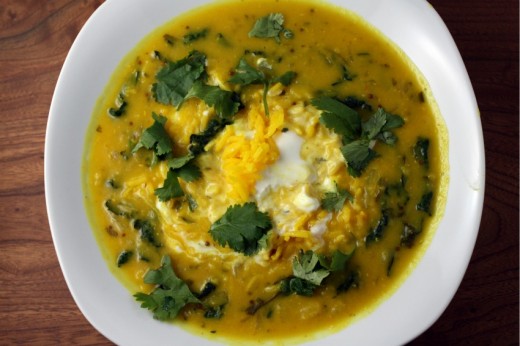


 Share
Share